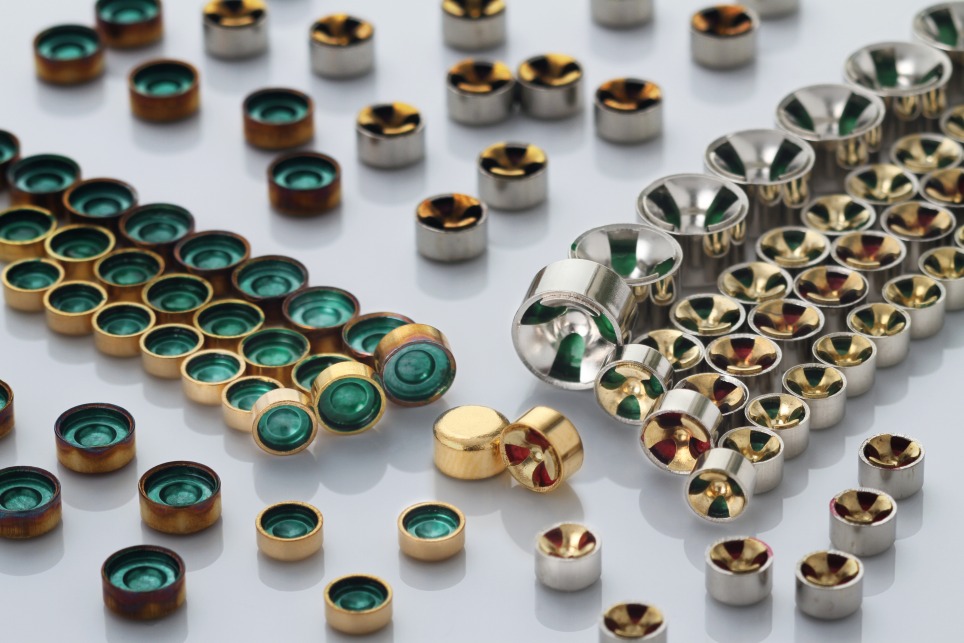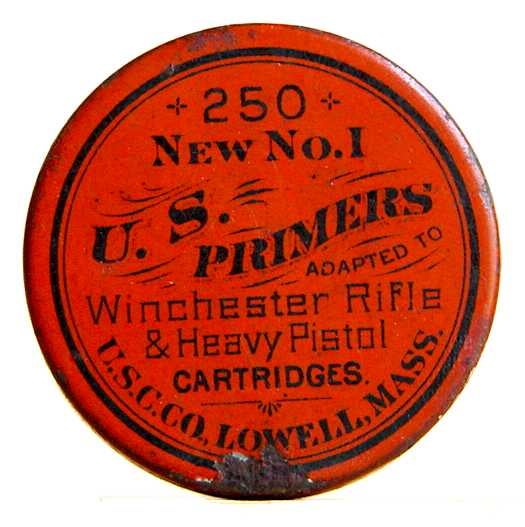Little Known Questions About Federal Primers.
Wiki Article
Not known Details About Small Pistol Primers
Table of ContentsSome Of Winchester PrimersExamine This Report about Cci PrimersFederal Primers for BeginnersThe Buzz on Federal PrimersThe 10-Second Trick For Remington Primers
Some muzzleloaders have primers like cap gun caps. https://www.easel.ly/infographic/ih1e9w.
Examples include hand gun cartridges, rifle cartridges, and shotgun shells. Bigger artillery pieces on the other hand typically utilize electrical priming. In artillery the primers are often a different element, placed inside the barrel to the back of the major propellant chargebut there are various other examples of guns, including for instance some automated weapons, developed to fire cartridges with important electric guides.
Remington Primers Fundamentals Explained

This opening was loaded with carefully ground powder, which was after that ignited with a warm coal or lantern. With the advent of hand-held weapons, this became an unfavorable way of shooting a gun. Holding a burning stick while trying to put a fee of black powder thoroughly down a barrel is dangerous, as well as trying to hold the gun with one hand while all at once intending at the target and also looking for the touchhole makes it extremely tough to fire properly. [] The initial attempt to make the procedure of firing a little arm much easier was the "matchlock".
, and also dried out. After the gun was filled as well as the touchhole topped with powder, the burning tip of the suit was positioned so that the lock would bring it right into contact with the touchhole.
Indicators on Pistol Primers You Should Know
This brought the match down to the touchhole, firing up the powder - https://www.theverge.com/users/relodprim3rs. With careful attention, the slow-burning match might be maintained shedding for long durations of time, as well as the use of the lock device made relatively accurate fire feasible. The next change in ignition technology was the "wheel-lock".

The protected flashpan also offered some capacity to stand up to bad climate. rifle primers. Wind, rain, and wet weather condition would certainly render a matchlock pointless, but a wheel-lock that was loaded as well as waterproofed with a bit of grease around the flashpan can be discharged under the majority of conditions. The wheel-lock taken pleasure in just a quick duration of appeal prior to being superseded by a simpler, more robust style.
The Basic Principles Of Small Pistol Primers
As the name implies, the flintlock used flint instead than iron pyrite. The flint was kept in a spring-loaded arm, called the "penis" from the similarity of its movement to a pecking hen. The dick turned via approximately a 90-degree arc and also was held in the tensioned, or "cocked" setting by a trigger. https://www.ottawaks.gov/profile/andrewjaeger0217/profile.The "half-cock" placement held the cock midway back, as well as utilized a deep notch to ensure that pulling the trigger would not release the penis. Half-cock was a safety and security placement, utilized when filling, keeping or carrying a packed flintlock. The "full-cock" placement held the penis all the means back and also was the Check This Out position where the weapon was discharged.
It functioned as both a flashpan cover and a steel striking surface area for the flint. The frizzen was pivoted and also spring-loaded to make sure that it would secure the open or shut setting. When closed, the striking surface was placed to make sure that the flint would certainly strike at the proper angle to generate a trigger.
The Best Strategy To Use For Pistol Primers
The flintlock mechanism was easier and more powerful than the wheel-lock, and the flint and also steel supplied an excellent, dependable resource of ignition. The flintlock remained in military service for over 200 years, as well as flintlocks are still made today for historical re-enactments and also muzzle-loading target competitors, and for hunters who enjoy the added obstacle that the flintlock provides.Percussion ignition was created by Scottish clergyman Rev. Alexander John Forsyth in 1807 however needed additionally refinements prior to it was gradually approved in the 1820s to 1830s. By the center of the 19th century, the percussion or caplock system was well established. It was taken on by both sides in the American Civil War, as it was easier and extra trustworthy than the flintlock.
The flashpan and also frizzen were gotten rid of and replaced by a little, hollow straight cyndrical tube (drum) screwed into the bored-out and also touched flash hole and also bring a "nipple area" over which the cap could be fitted. A "hammer" which additionally had half-cock (for loading and applying the cap) and also full-cock placements replaced the cock.
Report this wiki page